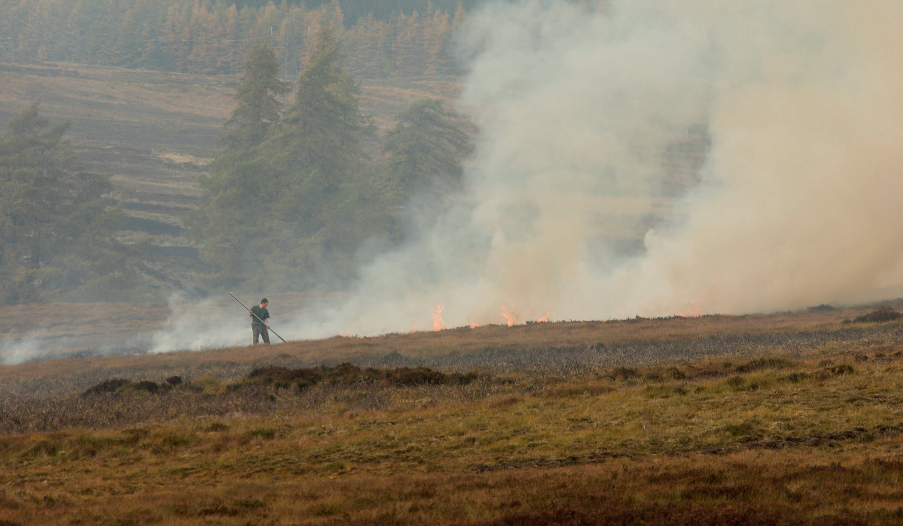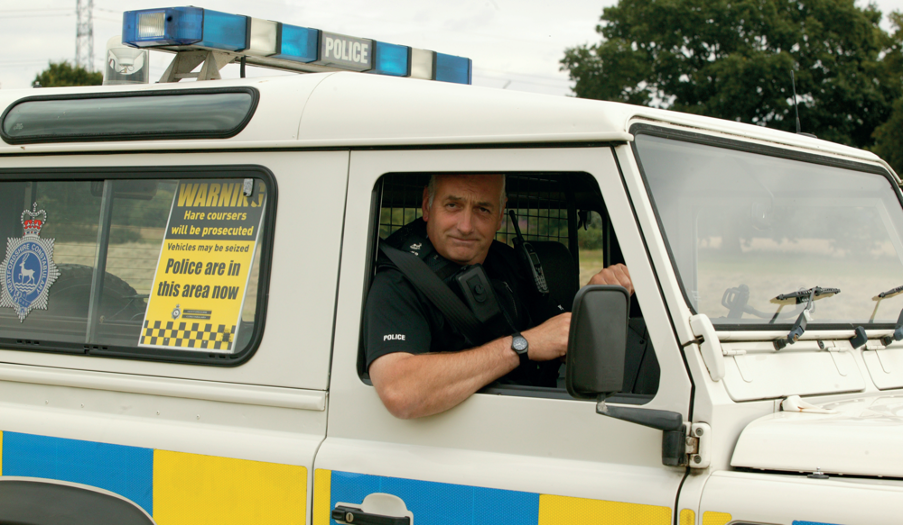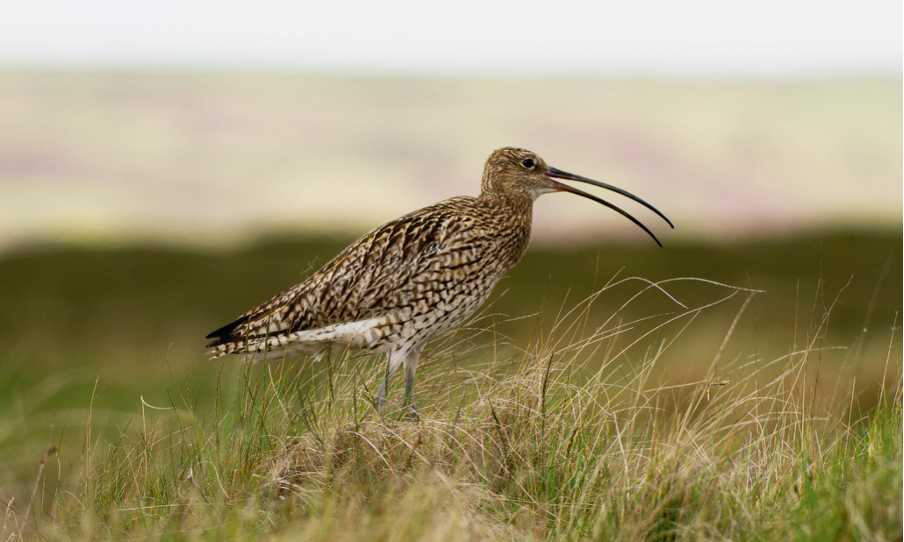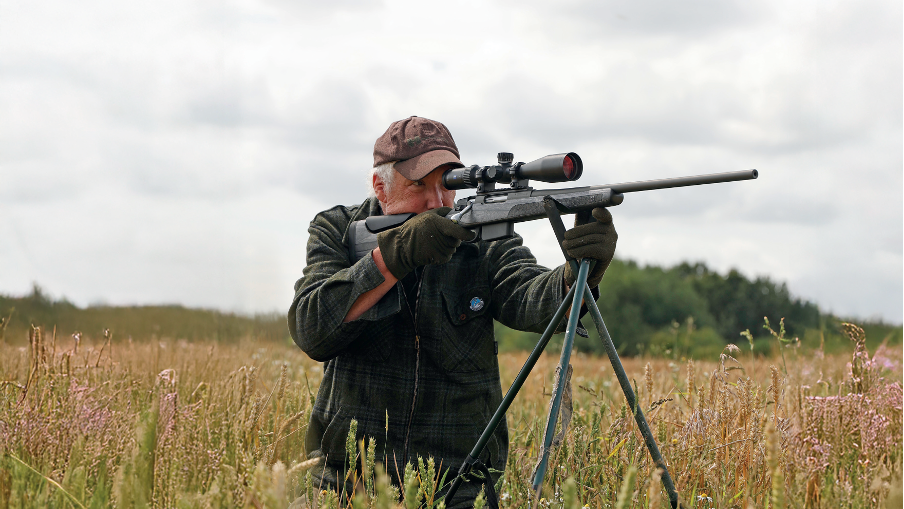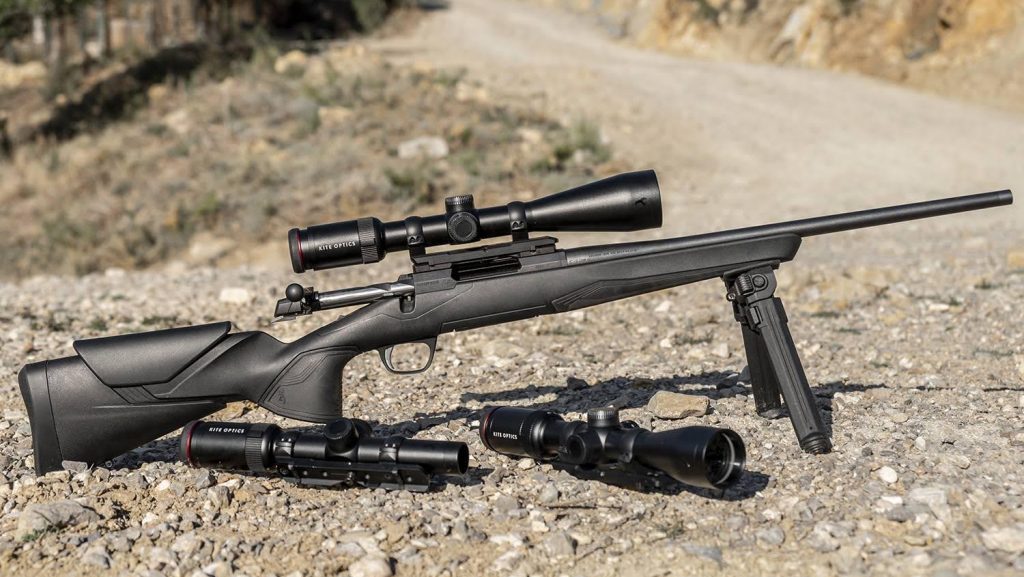Shooting
Shotgun
Shotgun news
How to make a shoot day run smoothly
Advice from gamekeeper Andy Swallow will help you run your shoot day smoothly
Would you like to appear on our site? We offer sponsored articles and advertising to put you in front of our readers. Find out more.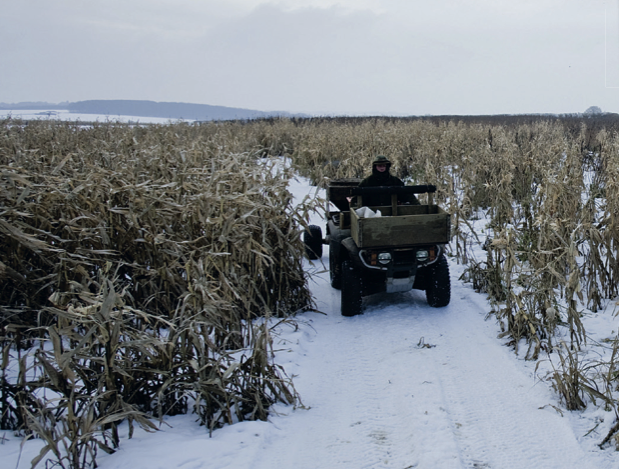
We’re well into the season, and shoot days are beginning to become routine… well, as routine as you can make any shoot day!
Generally speaking things run pretty smoothly, aided by a good team of regular helpers, beaters and pickers up, but one of the trickiest things I have to sort out at the start of any shoot day is sussing out how good the Guns are – and this is really important if the team of Guns haven’t shot here before. You could argue this is all a bit academic; after all, a sporting bird is a sporting bird, but in reality it’s actually quite important and can make or break the day.
Take the following example: A new team has paid for a 200-bird day and they’re at their pegs on the first drive. Now, how on earth was I supposed to know that they’re all cracking good shots. As a result, if I choose the ‘wrong’ drives – presenting lots of ‘sporting’ but not necessarily challenging birds to this team – they could fill their boots and possibly reach their limit before lunch!
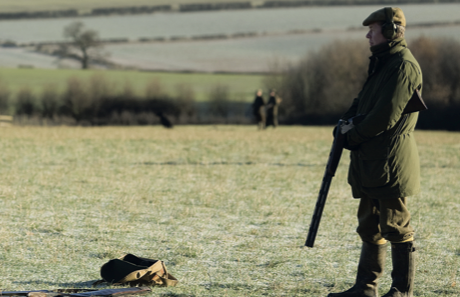
It’s all a bit of a twin-edged sword. As a professional keeper my pride says that I want to have a regular and steady stream of birds flying over the Guns throughout the drive. But on the other hand, I don’t want the Guns to have ‘used up’ their quota of sport on the first drive or two.
With unknown teams I normally try and choose an ‘average’ or what I call ‘middling’ drive for the first of the day. A drive that I know will perform well, where I know how many birds are likely to be presented and how high and fast they’ll come over the Guns. When the horn has sounded at the end of the drive I have a rough mental tally up and consult the clicker. If the Guns have all shot well – and there’s already a fair few on the game cart – I might have to re-think how, or which, drives I’ll do later in the day. But at least this puts me back in control and lets me alter my plans if necessary.
Generally speaking, and this goes for most shoots in this area, any team that’s achieving a three
to one cartridge/kill ratio is probably about or slightly above average. In my opinion very few teams really want difficult, almost impossible to hit, stratospheric birds presented on the first drive of the day. Giving the Guns, how shall we say it, a slightly less challenging first drive often helps make the day go well, simply because it instils confidence. The Guns get the chance to get their eye in, warm up their swing, and I get to assess how good they are and how I can ensure they get their bag for the day.
Planning ahead
It’s always good to have an alternative plan up your sleeve just in case something out of your control jumps up and whacks you in the face, and in Britain that’s typically the weather.
As we saw throughout the last so-called summer, the weather is unpredictable to say the least, and in the winter months it can be maddening. Poor visibility is probably the worst-case scenario, be it snow, mist or fog. I don’t think I’ve ever heard of a keeper (certainly not on a commercial shoot) recommending that the Guns call it a day because of inclement weather, but I do know of a few situations on private, family and friends type shoots, where it has been suggested that it might be wise – for safety’s sake – to postpone the shoot and come back another day.
With an operation such as ours, though, irrespective of the weather, rain or shine, the principle objective is to get the birds flying above a waiting line of Guns. The fact that the visibility is so bad that the Guns might not be able to see as far as the end of the barrels is unfortunate – for everybody concerned – but any thought of cancelling the day’s sport is strictly down to the host or the shoot captain.
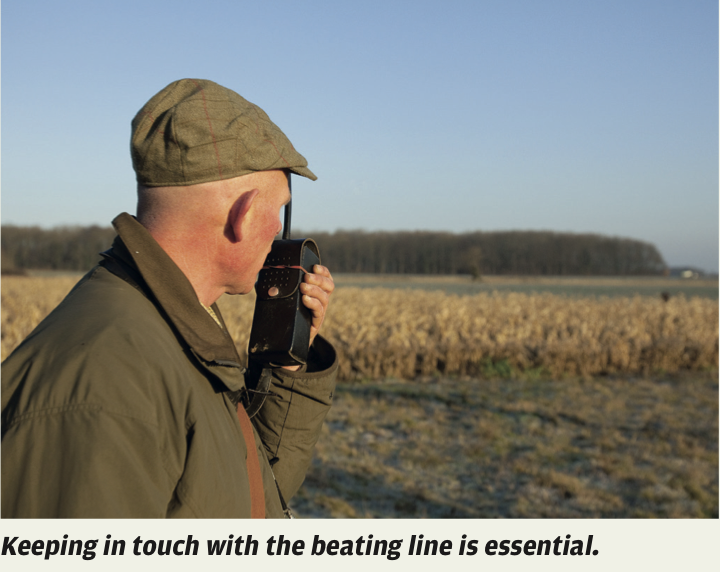
Preparation
You can’t plan the weather but you can ensure your team of helpers work together like a well-oiled machine. And the simplest way to achieve this is to keep everyone informed. Make sure you have time to get the beaters and pickers up together for a chat/briefing before the day starts. This way there’s no confusion, everyone knows the order of the drives, where they need to be and when, what time we’re stopping for lunch and the like.
And the communication has to continue throughout the day, it’s important to keep the beaters
informed of what’s happening before and during the individual drives. You don’t want a situation where they’re trying to double-guess what you want them to do.
It’s pointless me just saying ‘simply start at one end of this cover and work your way to the end,’ when I know full well that one end of the line will need to be held back while the other blanks in a spur of a copse or wood. Uncertainty always causes confusion so I find the more you can keep the line aware of what’s happening the better – after all, they’re not mind readers!
Save your legs
Now that the season is in full flow – and the days 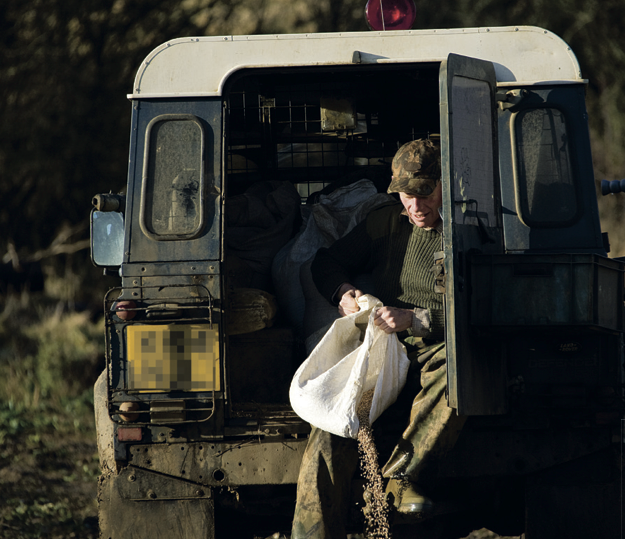
In a similar vein, using the truck for feeding along rides saves tons of time, and this is a great tip for the smaller, DIY type shoot. In this case you’re going to need a willing (or press-ganged) helper to drive or spread but the hours saved on a weekly basis means you can get on with other jobs without the aid of torchlight!
Later on in the season I use the spinner on the back of the quad for feeding amongst the cover crops – again, a great time saving device on a bigger, commercial shoot.
Related articles
Rifle
Rifle buying guides
Five rifles to tackle deer big and small
Your choice of rifle will not only come down to personal preference but will also depend on which species you plan to stalk, writes Bruce Potts.
By Time Well Spent
Manage Consent
To provide the best experiences, we use technologies like cookies to store and/or access device information. Consenting to these technologies will allow us to process data such as browsing behavior or unique IDs on this site. Not consenting or withdrawing consent, may adversely affect certain features and functions.
Functional Always active
The technical storage or access is strictly necessary for the legitimate purpose of enabling the use of a specific service explicitly requested by the subscriber or user, or for the sole purpose of carrying out the transmission of a communication over an electronic communications network.
Preferences
The technical storage or access is necessary for the legitimate purpose of storing preferences that are not requested by the subscriber or user.
Statistics
The technical storage or access that is used exclusively for statistical purposes.
The technical storage or access that is used exclusively for anonymous statistical purposes. Without a subpoena, voluntary compliance on the part of your Internet Service Provider, or additional records from a third party, information stored or retrieved for this purpose alone cannot usually be used to identify you.
Marketing
The technical storage or access is required to create user profiles to send advertising, or to track the user on a website or across several websites for similar marketing purposes.

